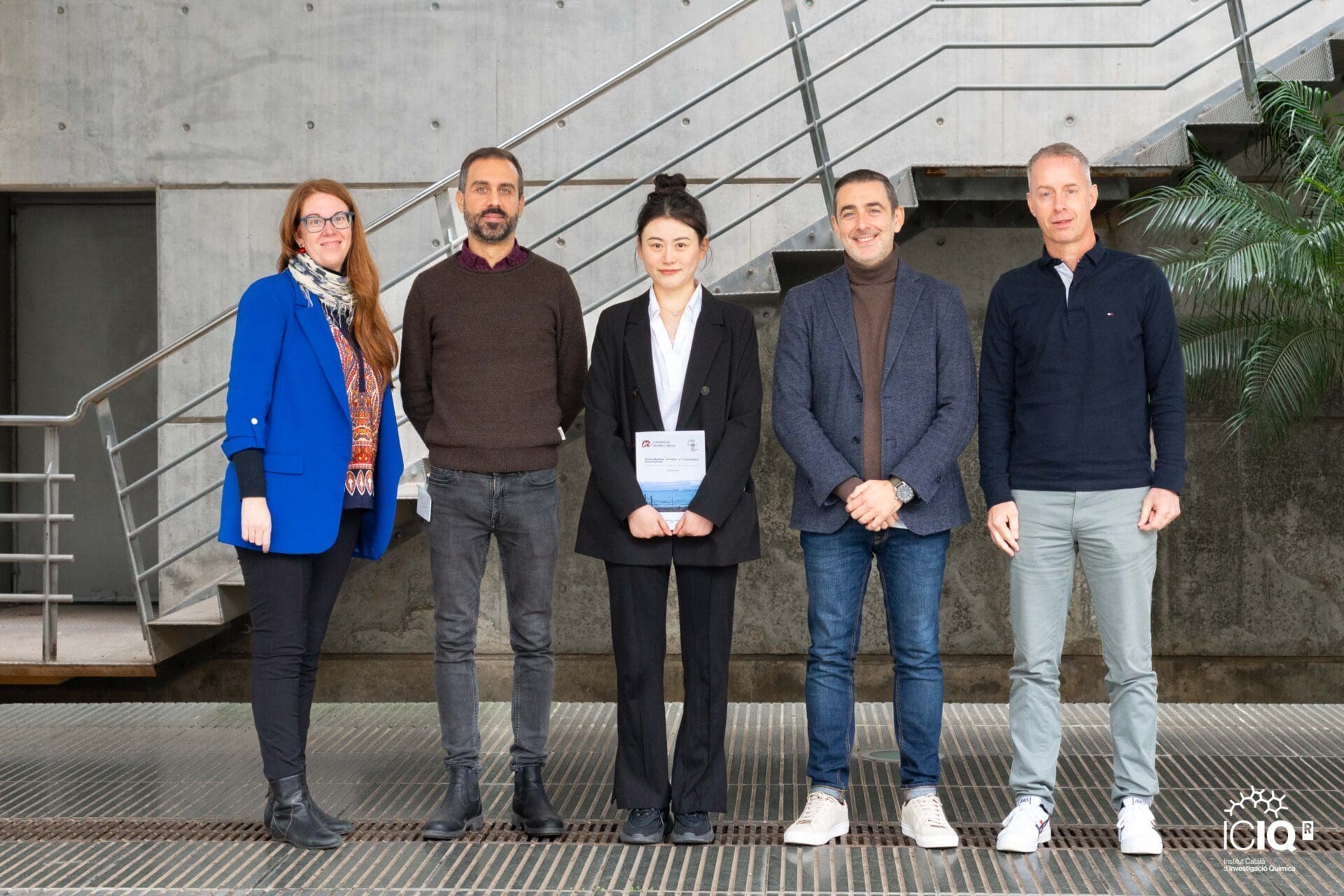New methodology to determine the absolute configuration of light-atom molecules
ICIQ’s X-Ray Diffraction Unit has developed a new methodology to assign the absolute configuration of light-atom molecules.
Given the fact that many active pharmaceutical ingredients (APIs) are chiral light-atom compounds and different enantiomers can have different physiological properties, the assignment of the absolute configuration to these materials is crucial. In fact both the FDA (U.S. Food and Drug Administration) and the EMA (European Medicines Agency) require, for any chiral drug comes onto the market, the determination of the absolute configuration and a complete study of the activity of each of the enantiomers.
The determination of absolute configuration is usually achieved using “soft” X-ray radiation, most often generated with a copper target. This measurement is facilitated by the presence of atoms heavier than oxygen and for that reason is difficult to determine absolute configurations of molecules made up of atoms no heavier than oxygen (light-atom molecules).
Up to now, Cu Kα radiation was supposed to have advantage over Mo Kα radiation because of its larger resonant scattering factors. Nevertheless, the new methodology developed at ICIQ’s X-Ray Diffraction Unit allows the unambiguously determination of the absolute structure of crystals constituted exclusively by light atoms using X-ray diffraction data obtained with instruments equipped with molybdenum anodes.
“Given that the single-crystal instruments equipped with copper anodes are typically used for the determination of protein structures, laboratories studying small molecules often do not have this equipment. We believe that the main advantage of this methodology is that it makes such studies more accessible because many single-crystal diffractometers used for small-molecule structure determination are equipped with molybdenum anodes” -says Dr. Jordi Benet, ICIQ’s X-Ray Diffraction Unit manager.
In this work they have used Mo Kα radiation to collect a series of 44 high-resolution data sets that have been used to validate the methodology to determine the absolute structure parameters of enantiopure single crystals containing no atom heavier than oxygen.
The use of Mo Kα radiation in the assignment of the absolute configuration of light-atom molecules; the importance of high-resolution data
E. C. Escudero-Adán, J. Benet-Buchholz, P. Ballester
Acta Cryst. B, 2014, 70, 660-668
Related news

Let's create a brighter future
Join our team to work with renowned researchers, tackle groundbreaking
projects and contribute to meaningful scientific advancements







 11-12-2024
11-12-2024 


















